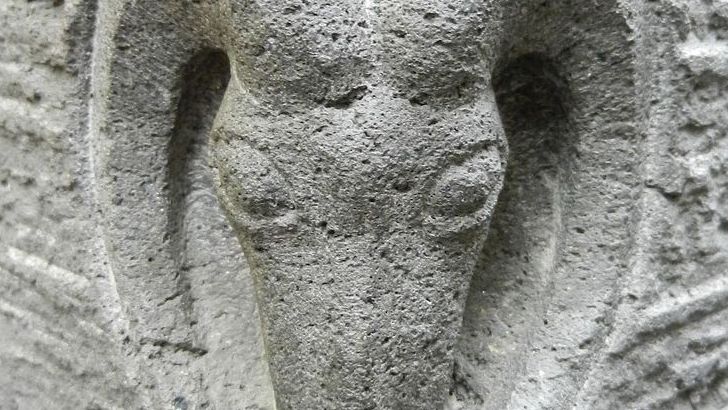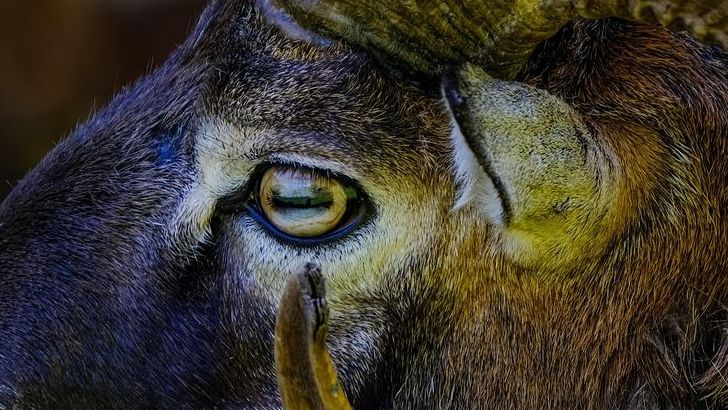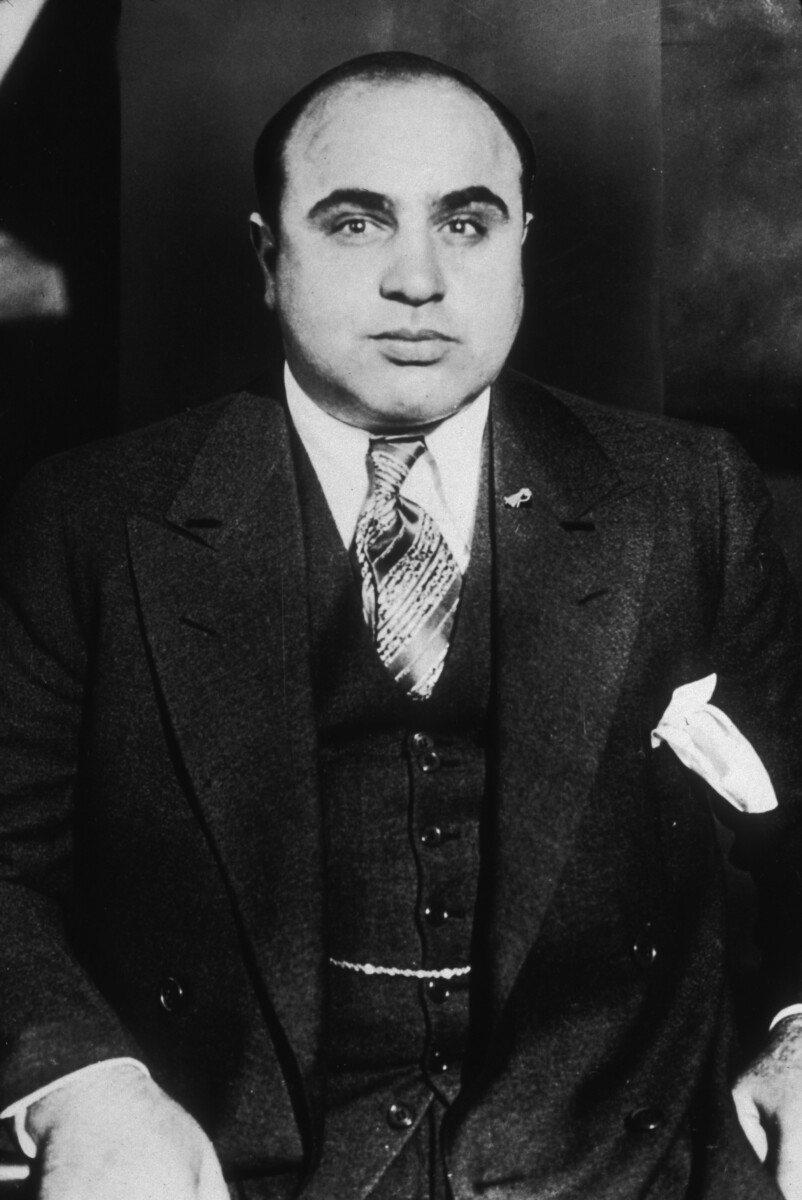The Billion-Dollar Mountain Economy That Started It All

Picture this: in just one year, outdoor recreation’s impact on Colorado’s economy surged to $17.2 billion in 2023, a 24% increase from the prior year. That’s more money than some small countries produce in their entire economy. What makes this even more impressive is that the industry’s growth continues post-pandemic and now accounts for 3.2% of the state’s economy. The 3.6% annual increase in the outdoor recreation economy in 2023 surpassed the 2.9% overall growth in the U.S. economy. This explosive growth didn’t happen overnight – it’s the result of decades of strategic innovation and government support that transformed Colorado into America’s outdoor innovation laboratory.
Creating America’s First State Outdoor Office

Colorado’s outdoor recreation office was the second state office created to support outdoor recreation in 2016, setting a precedent that other states would follow. The Colorado Outdoor Recreation Industry Office (OREC) provides a central point of contact, advocacy, and resources at the state level for the diverse constituents, businesses, and communities that rely on the continued health of the outdoor recreation economy. OREC’s mission is to champion industry, communities, and people to come to life through Colorado’s great outdoors.
What makes OREC truly innovative isn’t just its existence, but its comprehensive approach. This program supports outdoor recreation business development through research, partnerships, trade shows, and trade and investment missions. The office has become a model for other states looking to capitalize on their outdoor assets.
The Numbers That Tell a Story of Success

Let’s talk about the workforce impact that makes Colorado’s innovation story so compelling. Outdoor recreation jobs in Colorado increased 4.4% to 132,594 jobs in 2023, with those workers earning $8.6 billion, averaging nearly $65,000 a year per outdoor recreation job. That’s not just employment – that’s well-paying employment that supports families and communities.
The participation rates are equally stunning. Approximately 92% of Coloradans practice outdoor recreation at least once every few weeks and some four or more times per week, according to the 2019-2023 Statewide Comprehensive Outdoor Recreation Plan (SCORP) report. When nearly everyone in your state is engaged in outdoor recreation, you create a natural testing ground for innovation.
Snow Sports Lead the Innovation Charge

Colorado ranks first in the nation for economic impact from snow sports and 10th for outdoor recreation’s contribution to the state economy. This dominance in snow sports has become a launching pad for broader outdoor innovation. Colorado contributed $1.4 billion to that winter sports impact, more than twice any other state.
The ski industry has been particularly innovative in Colorado. Vail Resorts was named one of Fast Company’s Most Innovative Companies of 2024 “for launching a first-of-its-kind ski gear membership program” – My Epic Gear. This innovation extends beyond just gear to comprehensive resort experiences that other ski destinations worldwide now try to replicate.
Corporate Giants Choose Colorado for Innovation

Colorado is home to innovative outdoor recreation companies including Vail Resorts, Boa and Osprey Packs who are leveraging the landscape to grow business. These companies didn’t just randomly end up in Colorado – they chose the state specifically for its innovation ecosystem.
Take Steamboat Springs, for example. A veritable Who’s Who of successful outdoor companies have set roots and prospered in Steamboat Springs. Leading the pack are such outdoor giants as merino apparel maker Smartwool, tent and sleeping bag manufacturer Big Agnes, energy food company Honey Stinger and Boa Technology, a ratcheting system that recently sold for $454 million. When a single town can claim this many outdoor industry giants, you know something special is happening.
Workforce Development Creates Innovation Pipeline

Colorado’s approach to workforce development has been revolutionary. The EDA grant is further supporting workforce development in the outdoor recreation industry by helping 75 high school students in Clear Creek County’s School District to achieve certifications in wilderness first aid, avalanche safety, and swift water rescue. The goal of the program is to provide students with a well-rounded foundation from which they can enter careers in the outdoor recreation industry.
This isn’t just about creating jobs – it’s about creating skilled innovators. This grant supports workforce development in the outdoor industry by helping 75 students in Clear Creek School District achieve certifications in wilderness first aid, avalanche safety, and swiftwater rescue. The goal of the program is to provide students with a well-rounded foundation from which they can enter careers in the outdoor recreation industry. By starting innovation education at the high school level, Colorado is building a pipeline of outdoor industry professionals who understand both the technical and business sides of outdoor innovation.
Government Investment Fuels Private Innovation

The state’s strategic investment approach has been crucial to Colorado’s success. In total, more than $3.7 million has been awarded to 50 projects in 27 counties. Approximately 284 jobs have been directly supported, with indirect benefits impacting hundreds of jobs.
These aren’t just handouts – they’re strategic investments that leverage public funding to create private sector innovation. This project will be the next step in making rural Colorado a hub for entrepreneurship and workforce development for years to come. The state has figured out how to use relatively small amounts of public money to generate massive private sector innovation and job creation.
Innovation Beyond the Mountains

While skiing gets much of the attention, Colorado’s outdoor innovation extends far beyond winter sports. Scott Fly Rods moved to the Rocky Mountains in 1993. Since then and throughout their time of being in business, Scott Fly Rods has led the pack in innovation within the fly rod industry.
Osprey has made their name in the outdoor industry by designing comfortable, durable, and ingenious packs. Their almighty product guarantee started a shift in the outdoor culture from purchasing new products, to making good products last a lifetime. This innovation in product durability and customer service has influenced outdoor companies worldwide.
Academic-Industry Partnerships Drive Research

Colorado Outdoor Recreation Rural Technical Assistance Program Partners teams of graduate students from the Masters of the Environment (MENV) program at CU Boulder with the Colorado Outdoor Recreation Industry Office, CSU Extension, and the US EPA’s Recreation Economy for Rural Communities (RERC) program to provide planning assistance for outdoor recreation and Main Street development for rural communities in Colorado.
These partnerships create a unique ecosystem where academic research directly supports industry innovation. Students get real-world experience while companies get access to cutting-edge research and fresh perspectives. It’s a win-win arrangement that has helped Colorado maintain its competitive edge in outdoor innovation.
Inclusive Innovation Opens New Markets

The Colorado Outdoor Equity Grant Program (OEGP) funds organizations and projects that improve access, representation, meaningful participation, and quality experiences for youth and their families in the Colorado outdoors. Grant projects decrease barriers to the outdoors for traditionally-excluded youth, provide responsible recreation experiences, create conservation opportunities, and support job and career training for low-income, racially and ethnically diverse youth, LBGTQ+ youth, the disability community, and/or American Indian and Native youth.
This focus on inclusive innovation isn’t just about social responsibility – it’s smart business. By expanding access to traditionally underserved communities, Colorado companies are discovering new markets and developing products that appeal to a broader range of consumers. Innovation that serves everyone tends to be more successful in the long run.
The Challenge of Success

Colorado’s success as an innovation hub has created some unexpected challenges. Colorado’s outdoor-recreation industry is drawing outside investment — growth that includes strategies that send thriving startups out of the state. The Colorado outdoor industry likes to cheer when garage-born startups get acquired by mega-corporations. It’s a sign that Colorado’s entrepreneurs are on the right track and the state’s support of outdoor innovators in the soaring industry is working.
But success comes with its own problems. While resort communities can nurture entrepreneurs with investment in workforce training and support systems, Romer says the fight to keep businesses local is a perpetual challenge as housing prices soar and rural supply chain issues spike costs. The very success that made Colorado attractive is now making it expensive, forcing some companies to relocate to maintain profitability.
Looking Forward

This year’s conference will be located at Estes Park, CO, October 1-3, 2025, referring to the Colorado Outdoor Industry Leadership Summit that continues to bring together innovators from across the state. The Colorado’s Outdoors Strategy was officially launched on April 23, 2025, providing a roadmap for continued innovation and growth.
The future looks bright for Colorado’s outdoor innovation ecosystem. With continued government support, strong academic partnerships, and a culture that embraces both innovation and outdoor recreation, Colorado is positioned to remain America’s outdoor innovation hub for decades to come. The question isn’t whether Colorado will continue to innovate, but what amazing outdoor technologies and experiences they’ll create next.






